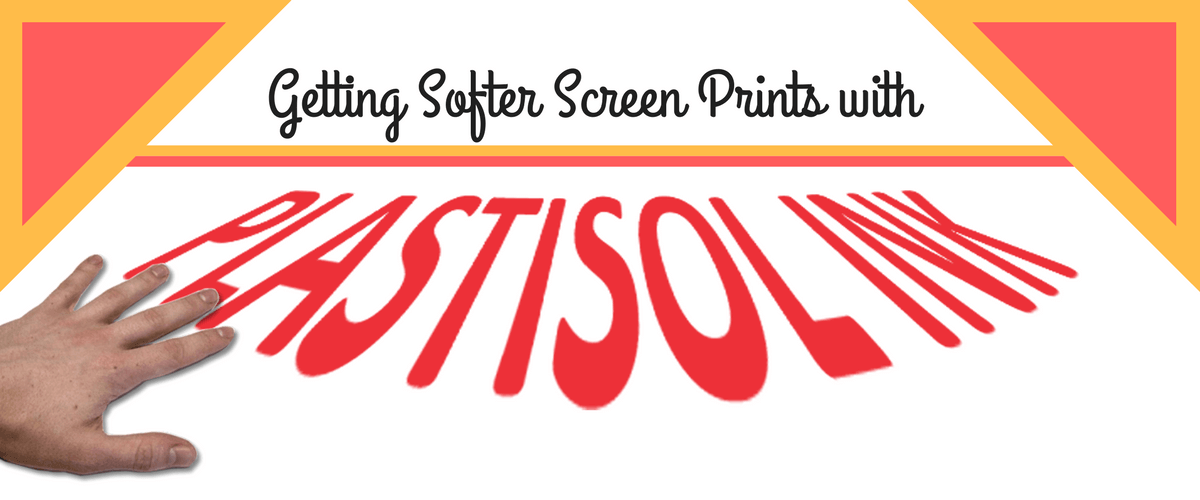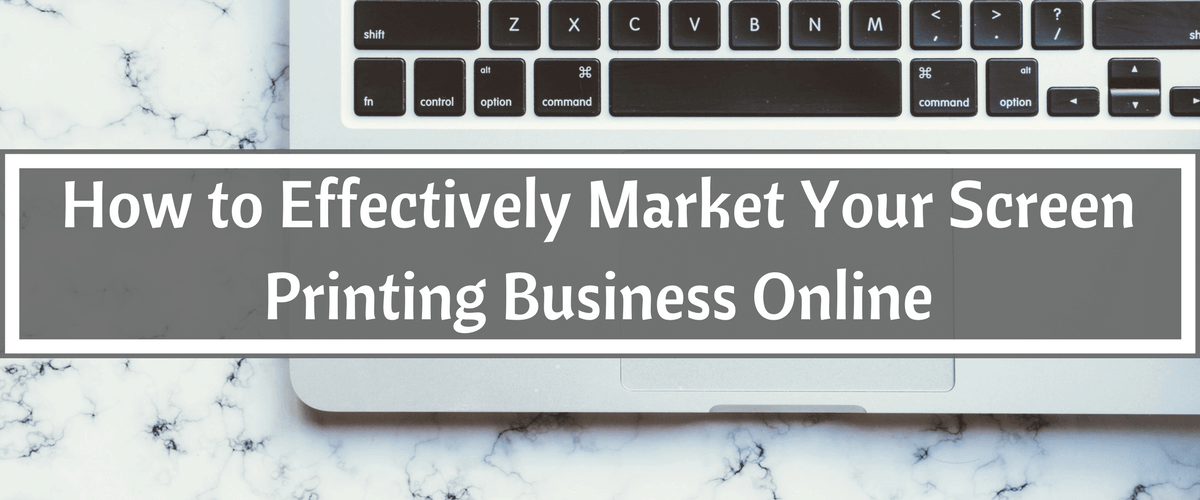

Revolutionizing the screen printing industry through cutting-edge technology and quality service
Anatol Equipment Manufacturing Co.
1429 S Shields Dr
Waukegan, IL 60085


Revolutionizing the screen printing industry through cutting-edge technology and quality service
Anatol Equipment Manufacturing Co.
1429 S Shields Dr
Waukegan, IL 60085

Screen printing customers have been increasingly demanding a softer hand feel to their printed t-shirts. Many apparel screen printers have turned to water-based and discharge ink to achieve the soft, retro prints customers request. But plastisol can get the job done too!
Read more
It’s that time of year when the weather is at its most unpredictable, and that means you should be prepared for all the different ways it can affect your screen printing! It’s easy to overlook the role that temperature and humidity play in regard to printing results, but they’re important factors.
Read more
If you’re ready to challenge yourself – and make your shop stand out – halftone printing could be for you. With halftone prints, you can create shaded effects and photorealistic images on garments.
Read more
As you strive to maintain top quality in your screen printing, one of the most important factors to achieving great looking prints is also one of the easiest to overlook: Your screen tension.
Read more
We all know that screen printing with water-based ink brings some challenges. One of the biggest challenges of water-based ink is fighting stencil breakdown during printing.
Read more
From the traditional to the digital, you have an arsenal of marketing tools at your disposal. The reality, however, is that your biggest marketing tool is also one of the most basic elements of your business: Your website.
Read more
People have become accustomed to a constant barrage of internet advertising, from spam in their email inboxes to “sponsored” social media posts to banner and pop-up ads on every website. With such information overload, people have also become accustomed to tuning out all of that extraneous information.
Read more
Most of the time, reclaiming your screen printing screens is a pretty straightforward task. But occasionally you’ll run into an issue that can affect your print quality if not dealt with quickly: ghosting.
Read more
As a small business owner, you may struggle to decide where to allocate a limited marketing budget, thinking it will only cover either digital or traditional marketing, not both. Which is right for you?
Read more
Once dismissed as a fad, social media marketing now should be an integral part of any small business’s marketing strategy. Through social media, businesses can connect with existing and potential customers and tailor marketing messages to their target customers.
Read more
You likely went into the screen printing business because you enjoy designing and printing – marketing probably wasn’t a skillset that was on your mind. But without effective marketing, your business can’t succeed. Your potential customers need to know who you are and understand why they should be doing business with you.
Read more
When you decide to make a go of printing t-shirts for a living, you’ll soon realize that in order to produce garments in any significant quantity, you need a conveyor dryer. But there are so many choices, from tiny tabletop models to giant industrial dryers six feet across. How do you know which is right for your shop?
Read moreYour message was successfully sent!